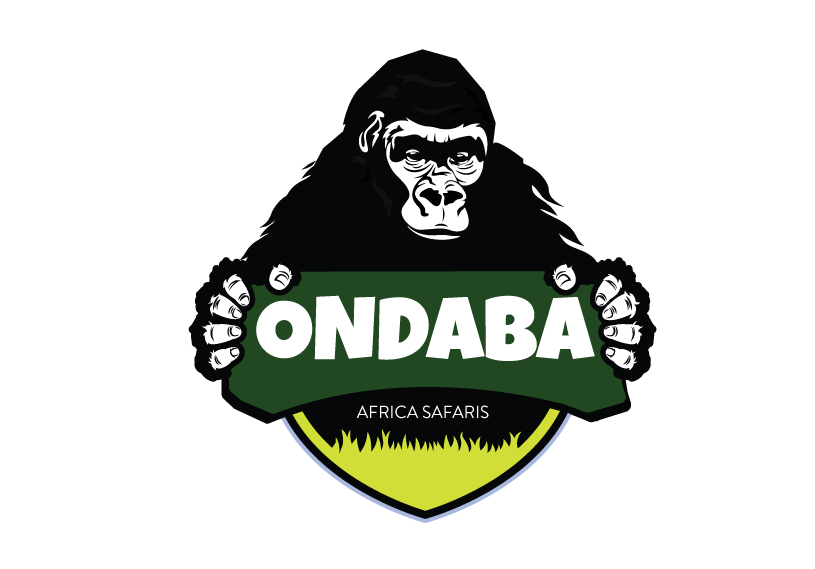Uganda, the incredible Pearl of Africa is one of the few countries in the Continent that has it all. Generally, we can say that this country has something for every kind of visitor. From the exhilarating gorilla trekking experiences in Bwindi and Mgahinga National Parks, the exciting face-to-face encounter with the chimpanzees in Kibale Forest and many other destinations, thrilling mountaineering experiences at the snow-capped Mountains of the Moon (Rwenzori Mountains) and other remarkable mountains, unforgettable cultural encounters throughout the country, vibrant City life in Kampala, historical tours, to the wildlife viewing experiences in its savannah-dominated Parks (such as Murchison falls, Queen Elizabeth, Lake Mburo, and Kidepo Valley National Parks).
Uganda also has some of the warmest and most hospital people you will ever come across. Thanks to this remarkable things in this safari destination, travelers always look forward to creating unforgettable experiences and memories but the question of “when is the best time of the year to explore Uganda?” always lingers in their minds.
Nonetheless, the best time of the year to explore Uganda largely depends on where you intend to go and what activities you hope to do when you go there. All in all, the country’s weather is warmer in the North and cooler in the southern side (areas of Mgahinga, Bwindi and others). Interestingly, weather has a little or no effect on travelers that are determined to enjoy adventures of a lifetime and whatever draws you to the Pearl of Africa, here’s our guide to the perfect months of the year to come;
Peak season (June to September and December to February)
The Peak season in Uganda is from June to September and December to February, because are these also dry months. Due to the reduced precipitation levels, there are fewer watering points in the savannah-dominated National Parks, in addition to the vegetation/grass being shorter. These two conditions reward travelers with the best and most rewarding game viewing opportunities.
For the travelers interested in gorilla and chimpanzee treks, these months are also considered the best as forest trails become drier, less muddy or slippery thus making it less challenging to walk through the forest while searching for these Great Apes. However, the challenge is that reduced precipitation levels means the primates have reduced food options hence are forced to move deeper into the forest to find food and therefore, expect longer treks.
This is the peak season in Uganda and for this reason, travelers planning to come during this time are advised to plan ahead by booking for accommodations or activities (buying gorilla and chimpanzee permits) in advance.
The Low season (March to May, October to November)
Months of March to May and October to November are generally wet in Uganda with high humidity, low temperatures and high rainfall levels. Many travelers avoid these months because forest trails become muddy and slippery hence making it more challenging to track mountain gorillas and chimpanzees, as well as mountain climbing. The good news however is that there is plenty of food for the primates thus they come out into the open and occupy the forest edges. This means treks become shorter.
There are many watering points in the Park and vegetation/grasses become taller thus wildlife viewing isn’t as phenomenal as in the dry season. However, wildflowers bloom during these months thus providing excellent photography opportunities. Wet months are also breeding season for birds thus twitchers are offered the best sights during these months.
That said, many accommodation facilities lower their rates during the low season and also, there are smaller crowds. This is the perfect time for budget visitors to explore the Pearl of Africa’s hidden beauty.
